Samsung NX Mini

For years I took photographs on my iPhone because I was under the (extremely!) mistaken belief that my choices were pocketable phone ever-present, or DSLR too big and heavy for me to carry. (I tried MFT and didn't like it one bit.)
So naturally, I love little cameras. But only if the image quality is good! And folks, the Samsung NX Mini's image quality is great.
The system offered 3 lenses: a 9mm, 17mm, and 9-27mm zoom. The 9mm and 17mm are very good, the 9-27mm… has its moments. The NX mini (with lens!) weighs virtually nothing, and while the lenses make it a bit bulbous, it's easily fits in a coat pocket. And the battery lasts for hundreds of shots.
And it flopped. Hard.
I'm guessing there are two big reasons the NX Mini is not more popular among the hobbyist crowd today:
- most available units are seafoam green, bubblegum pink, or white (there are black and brown ones, but they seem to be rare)
- it's got no adapter ecosystem, and you can't easily print your own because it won't fire without a lens, so you have to reverse engineer the pin connectors while you're at it
It's the last one that would be truly sad… if there weren't an eBay seller who manufactures and sells them. They're not cheap, and they're not always in stock… but they work.
The Sensor
It's a teeny tiny itty bitty little mirrorless interchangeable-lens system with a 20-megapixel backside illuminated sensor just slightly larger than a fingernail… a so-called 1" sensor, but in reality just 51% the size of a micro-four-thirds!
Honestly quite astonishing. The colors are beautiful. The dynamic range is impressive, the shadow and highlight recovery incredible for its size. The sensor is sharp. The files are very clean, most of the time; sure, it's a bit more prone to noise in, say, dark clouds, than a larger sensor would be, but it's easily fixable in post!
The things you can pull off with this tiny sensor really don't even make sense.
The Quality
And this is why I'm obsessed with this camera.
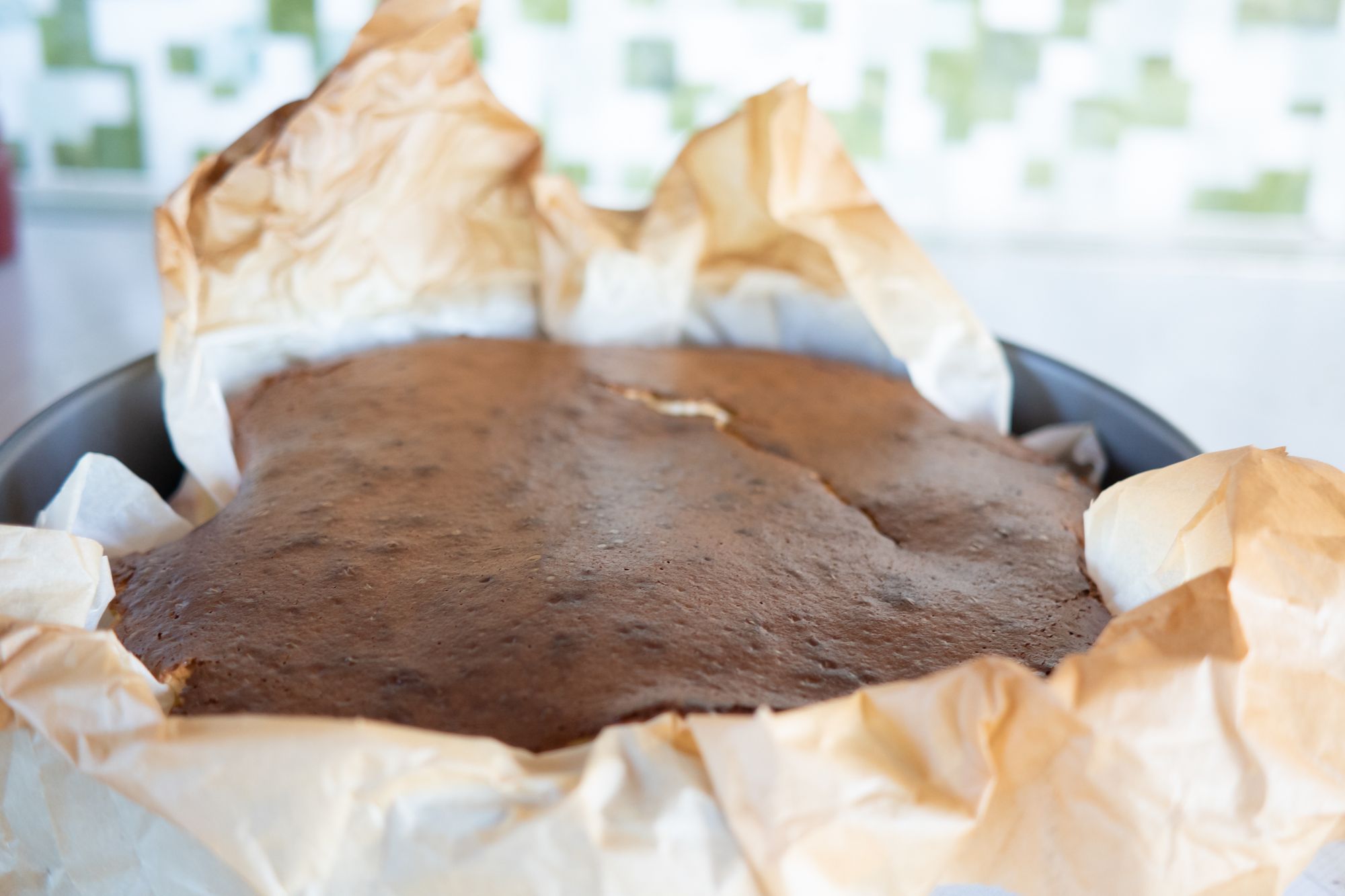
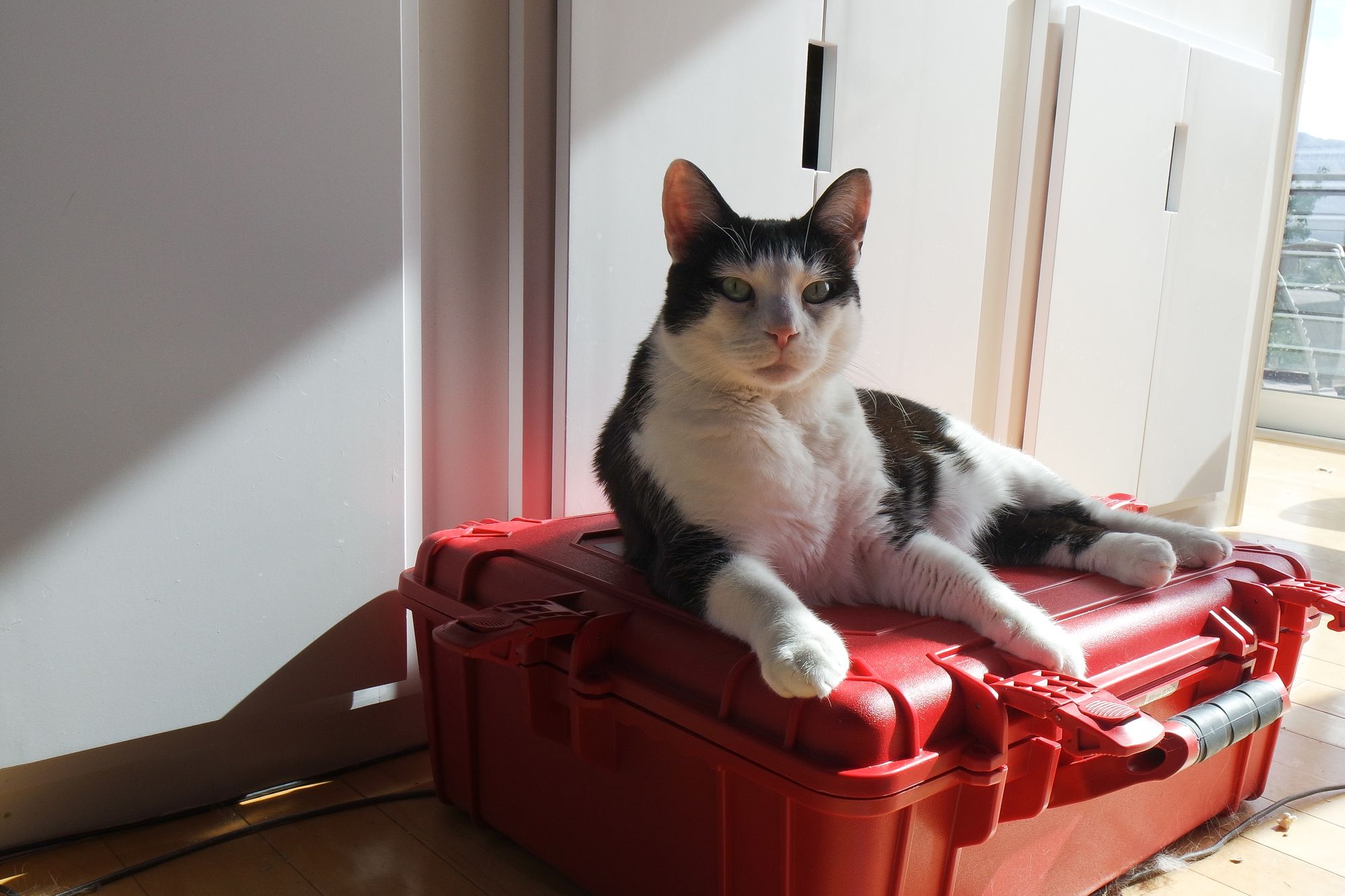

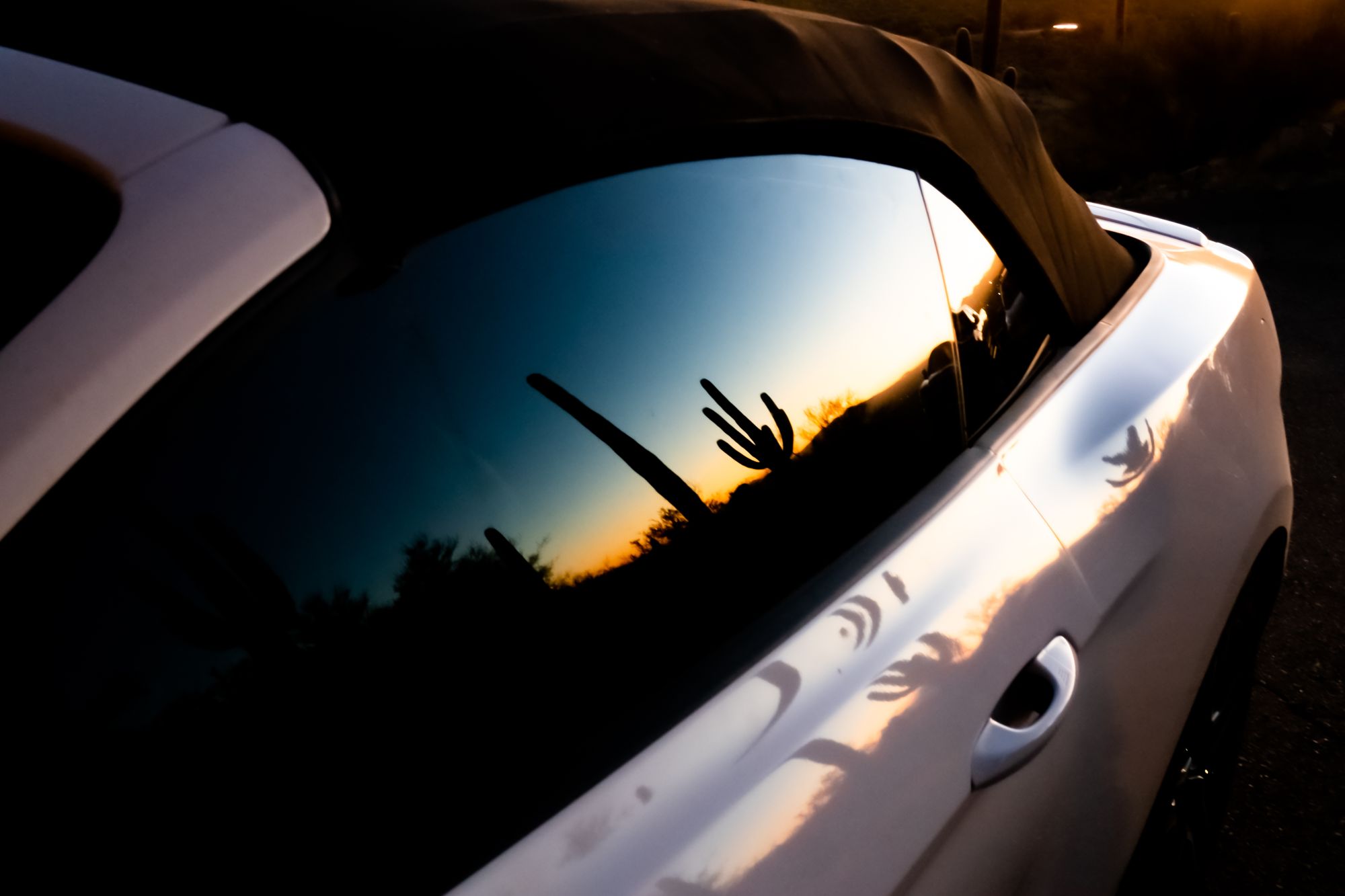
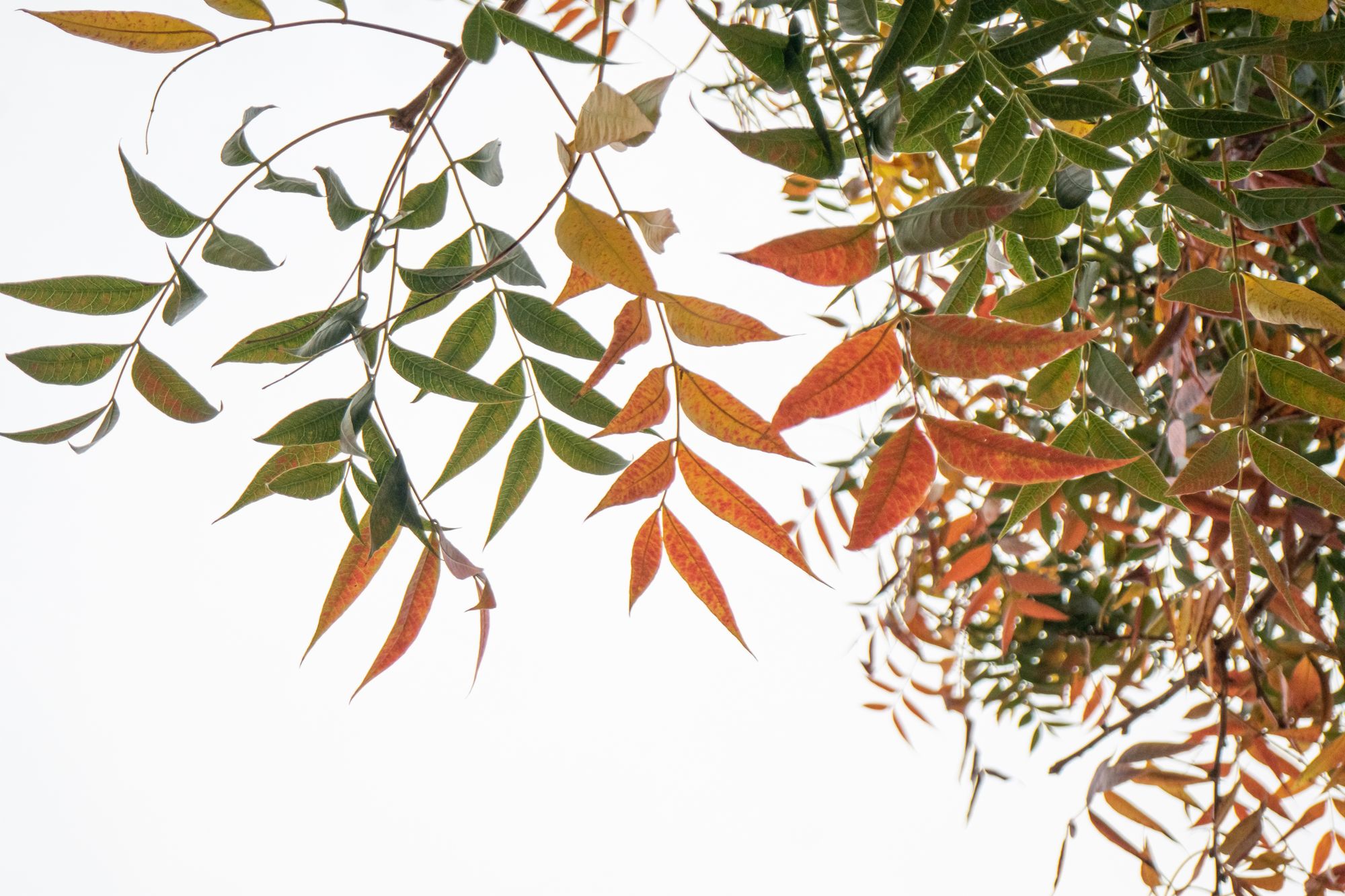
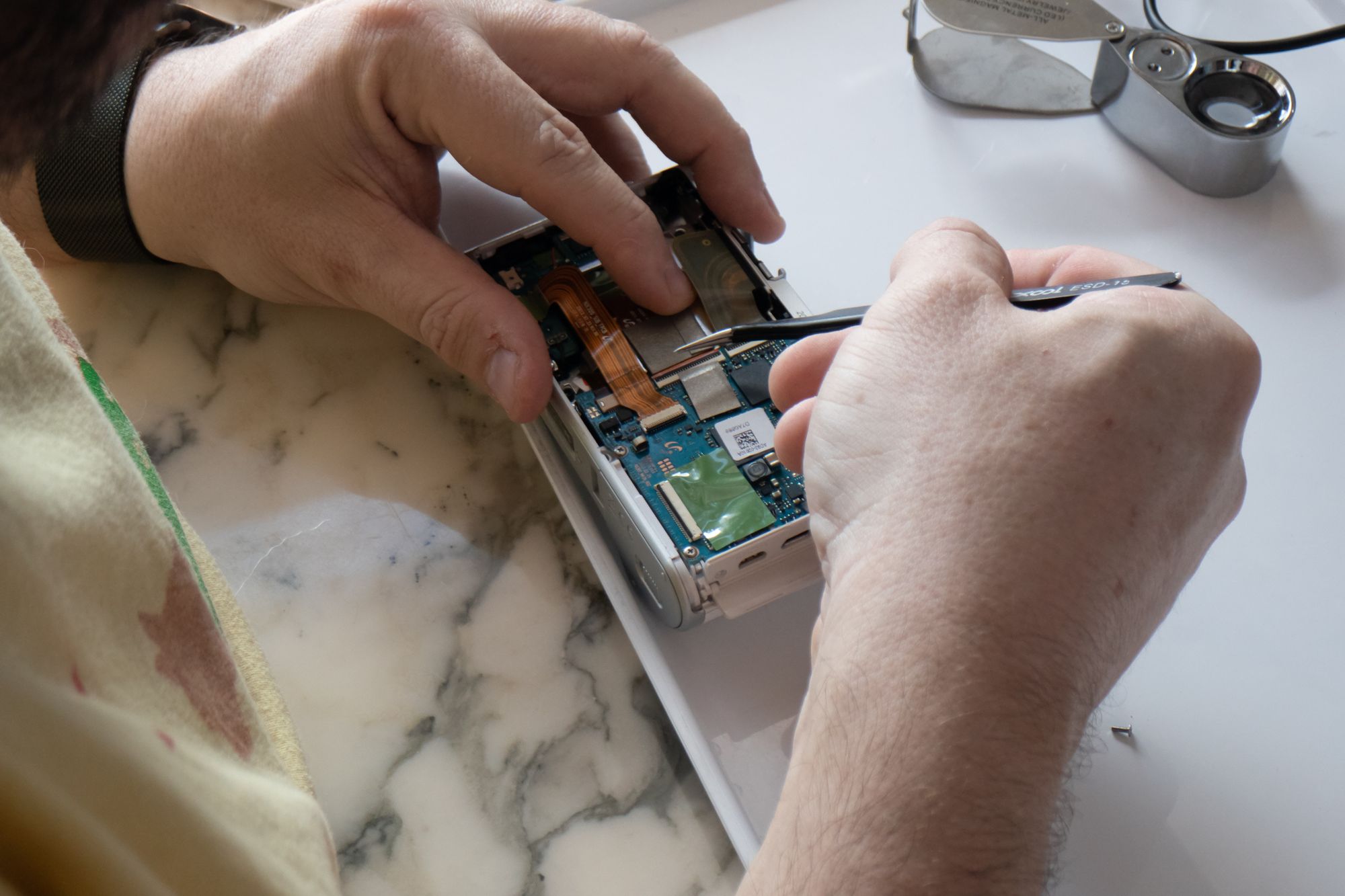
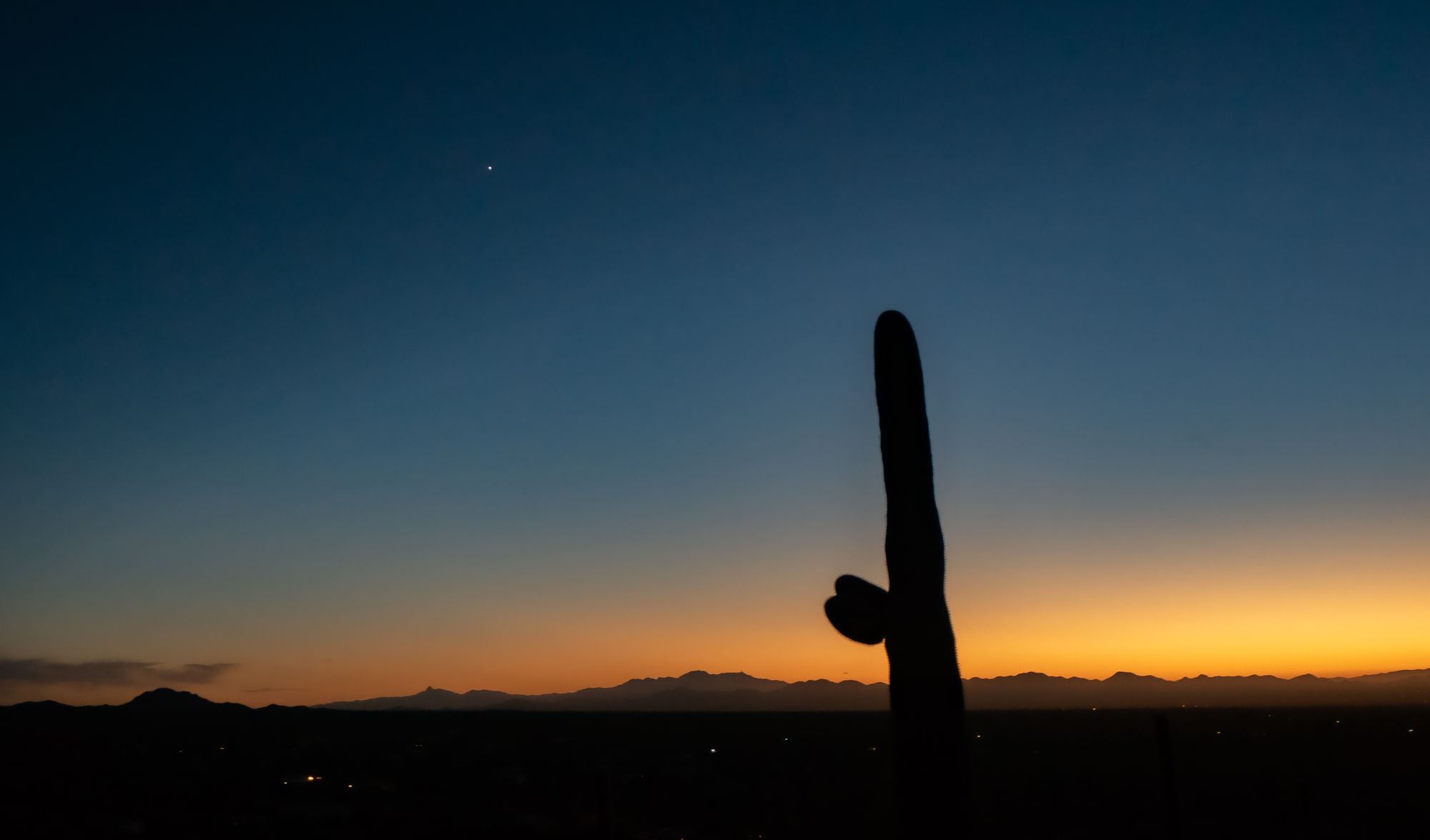
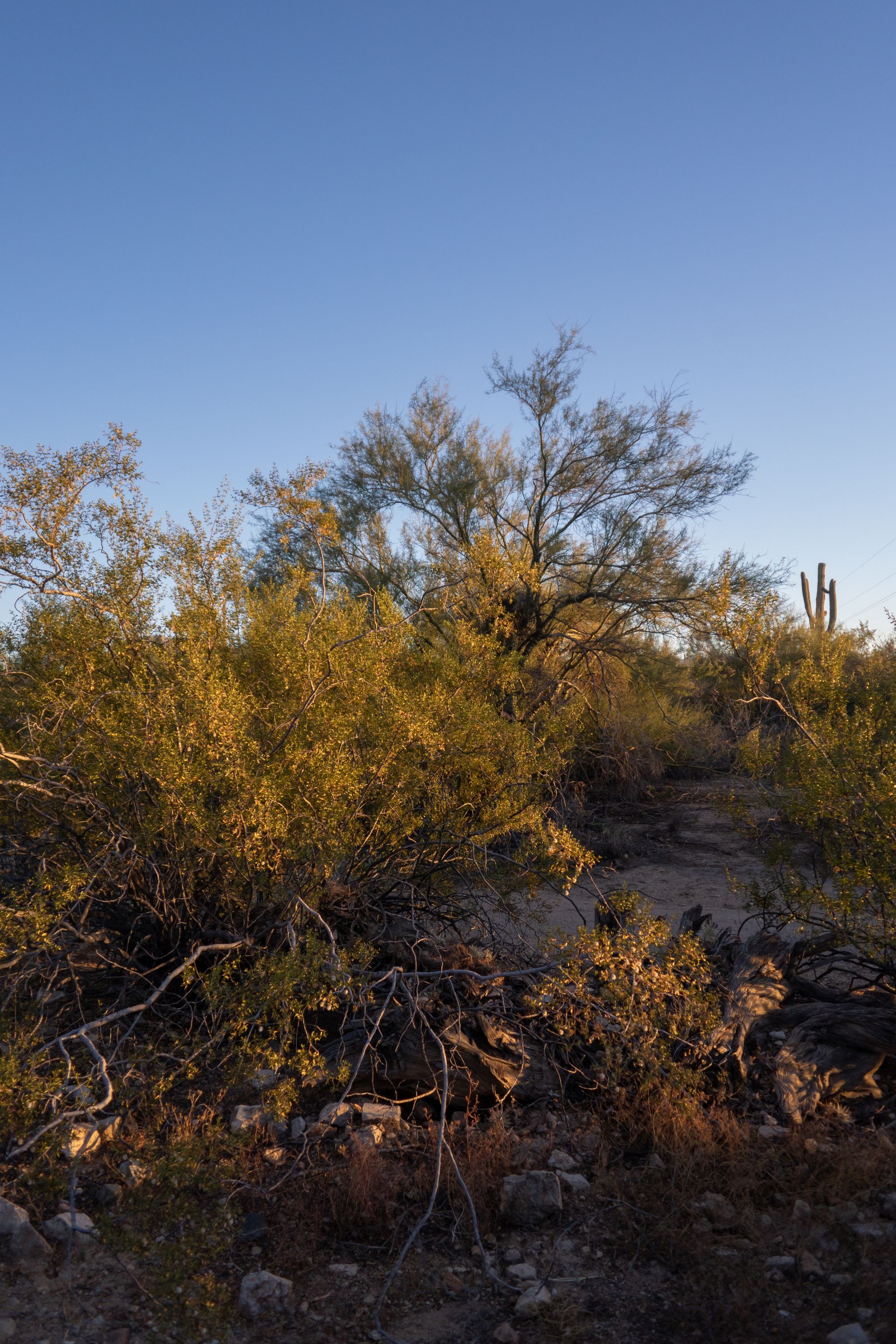
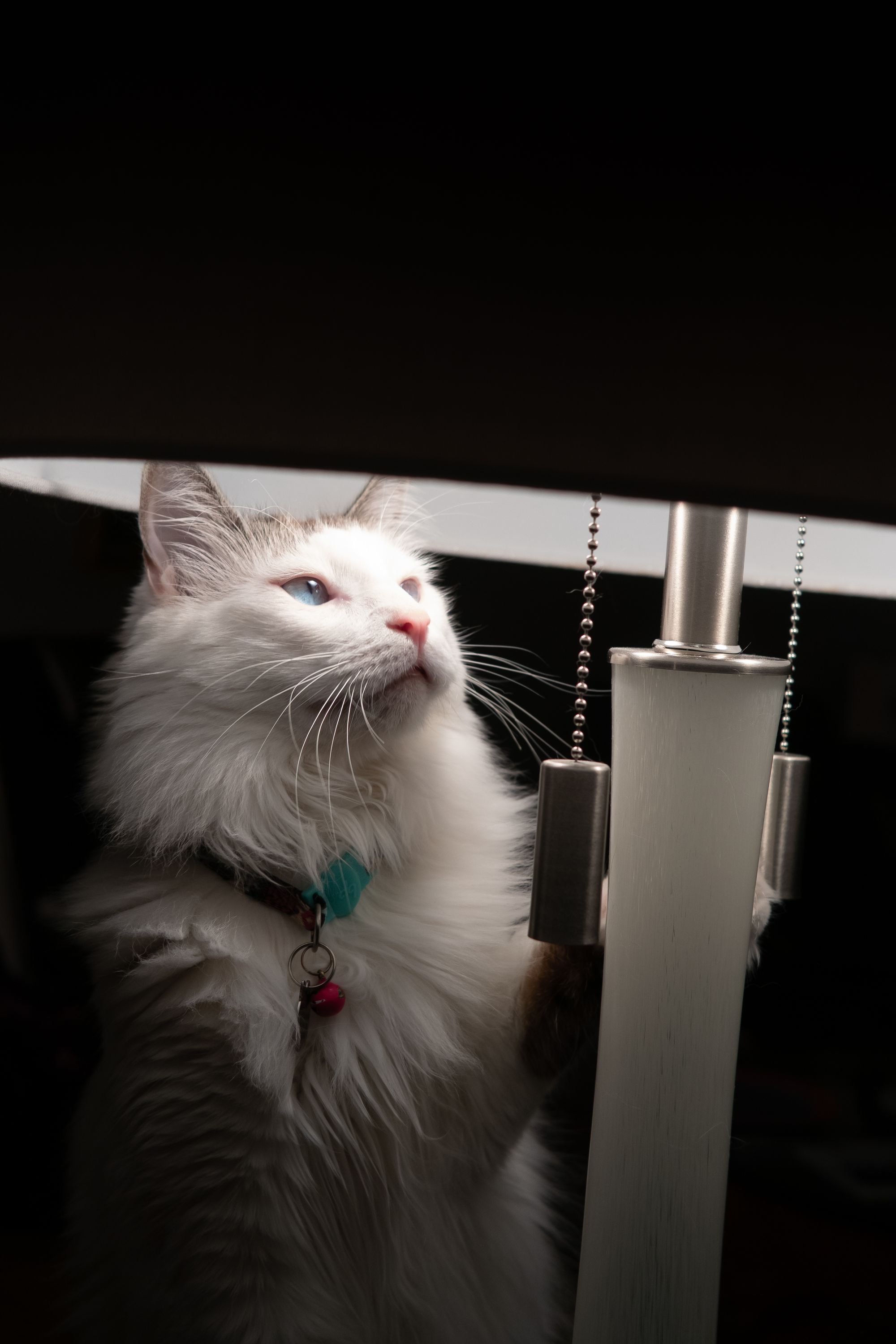
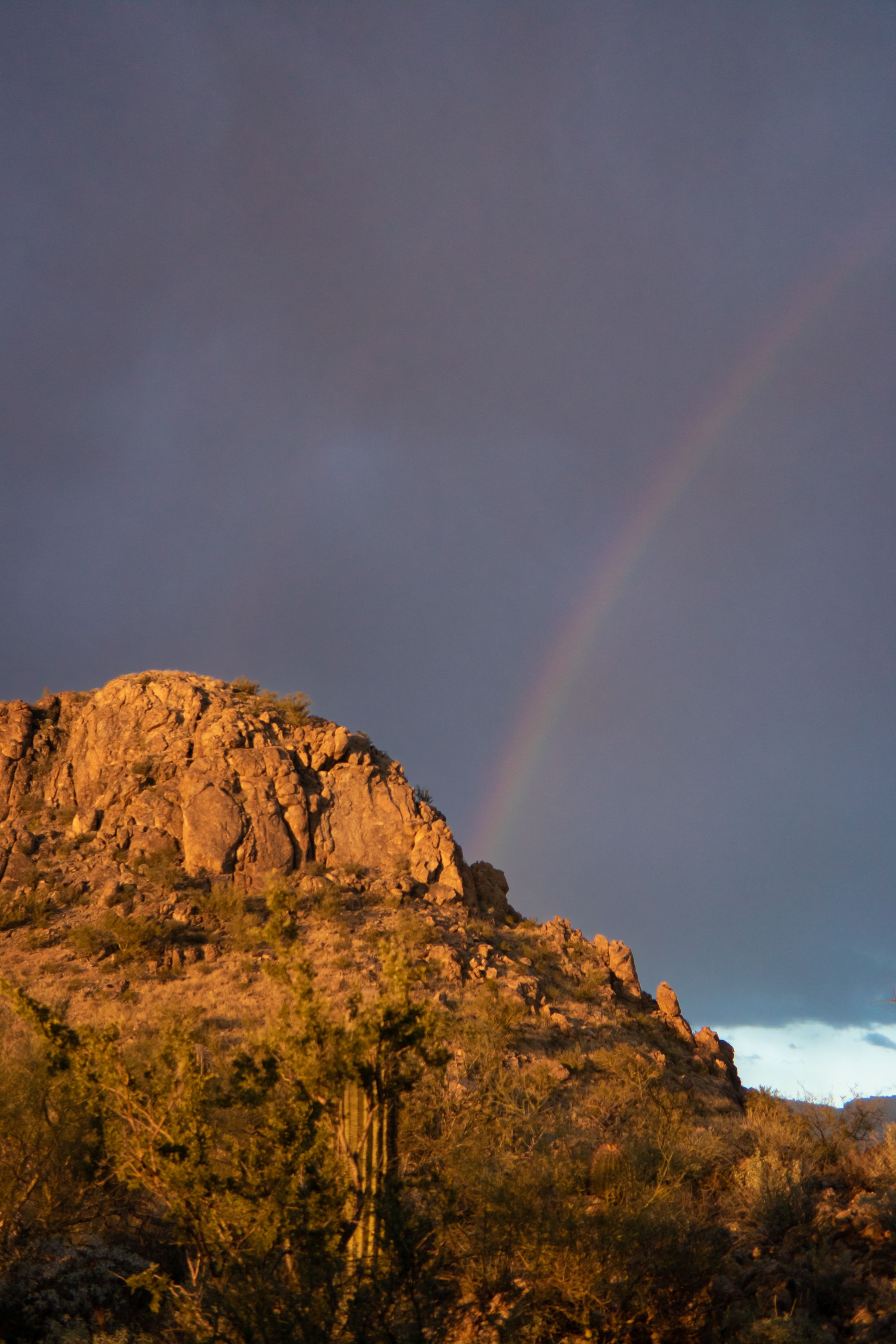
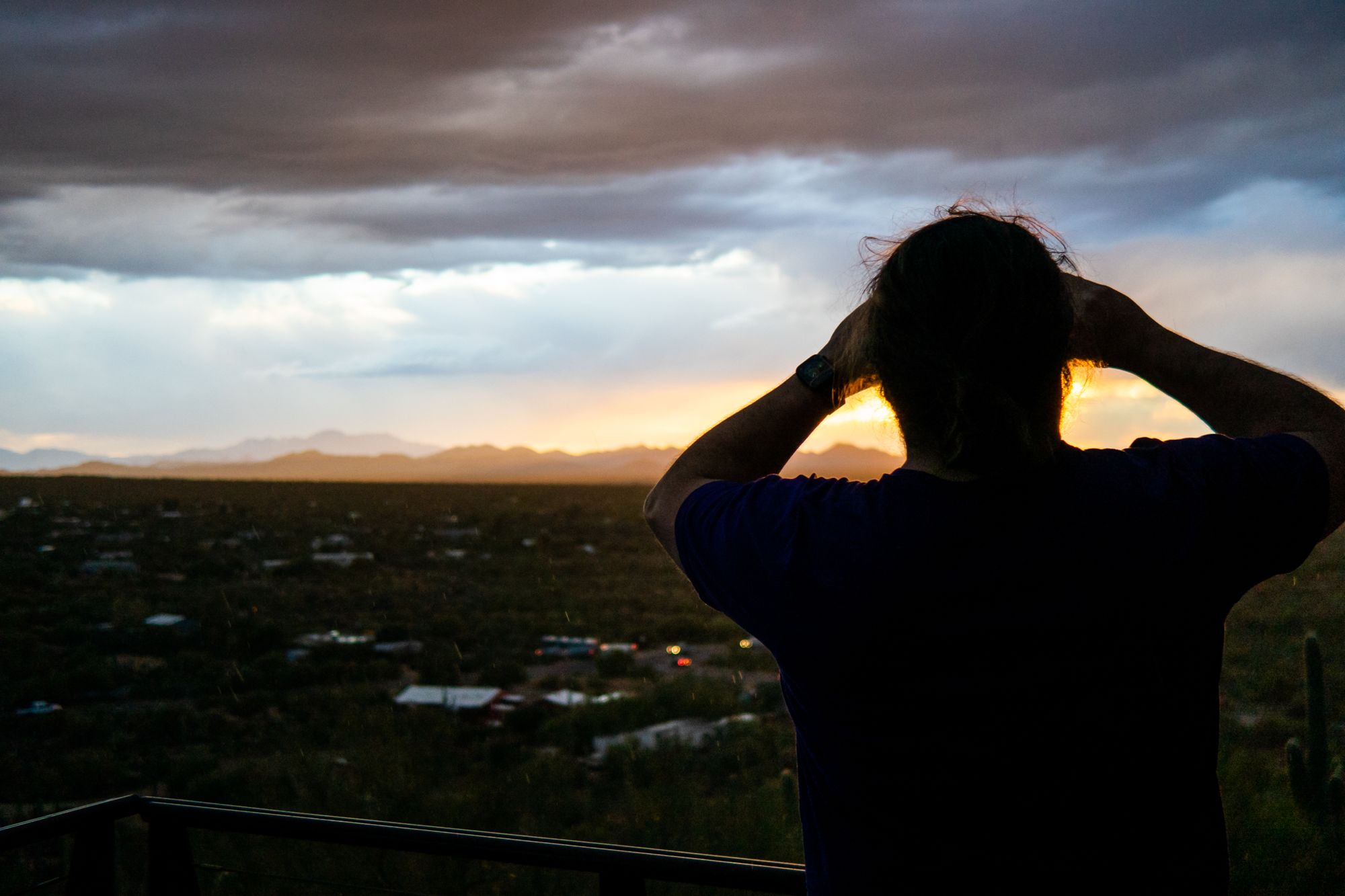
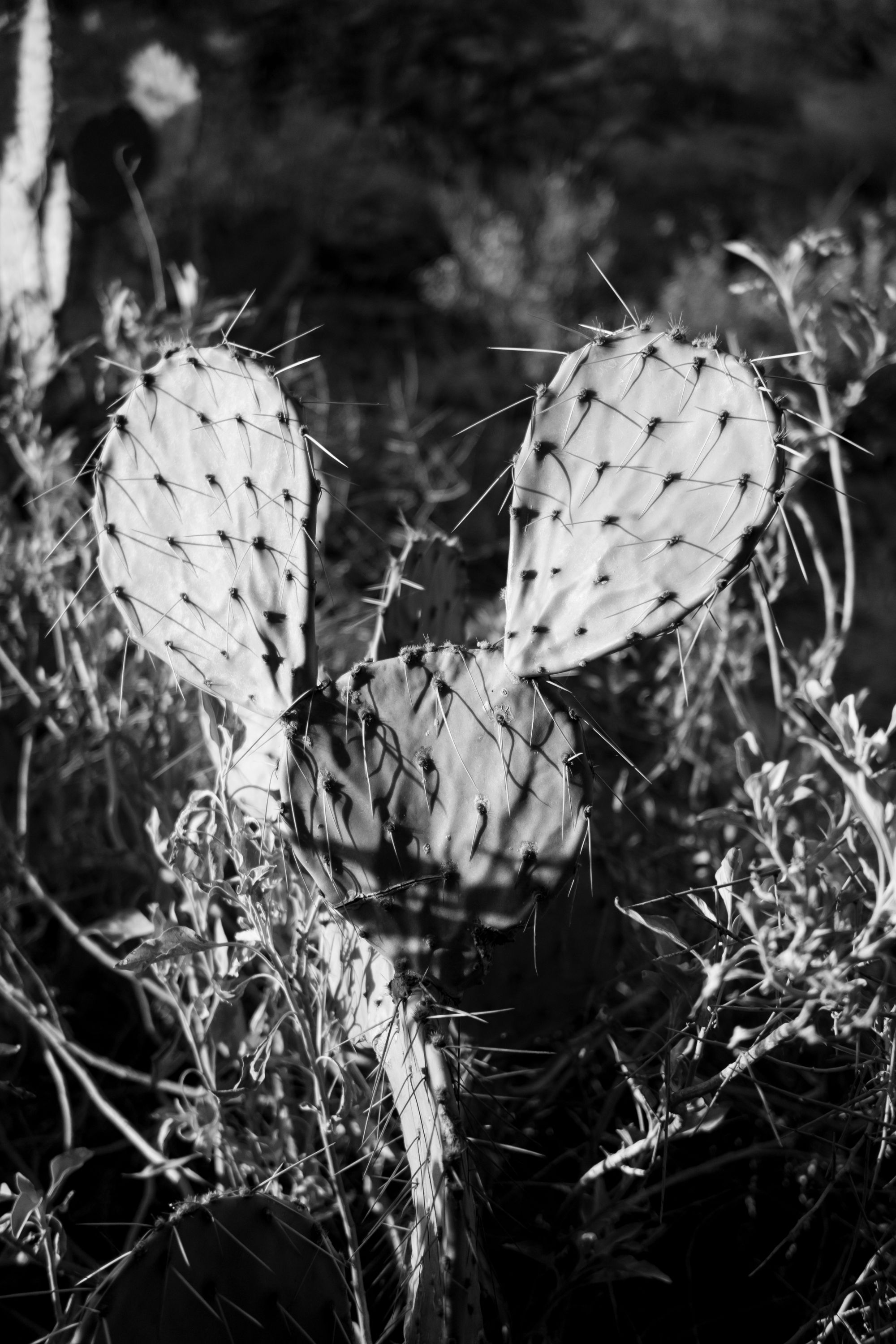
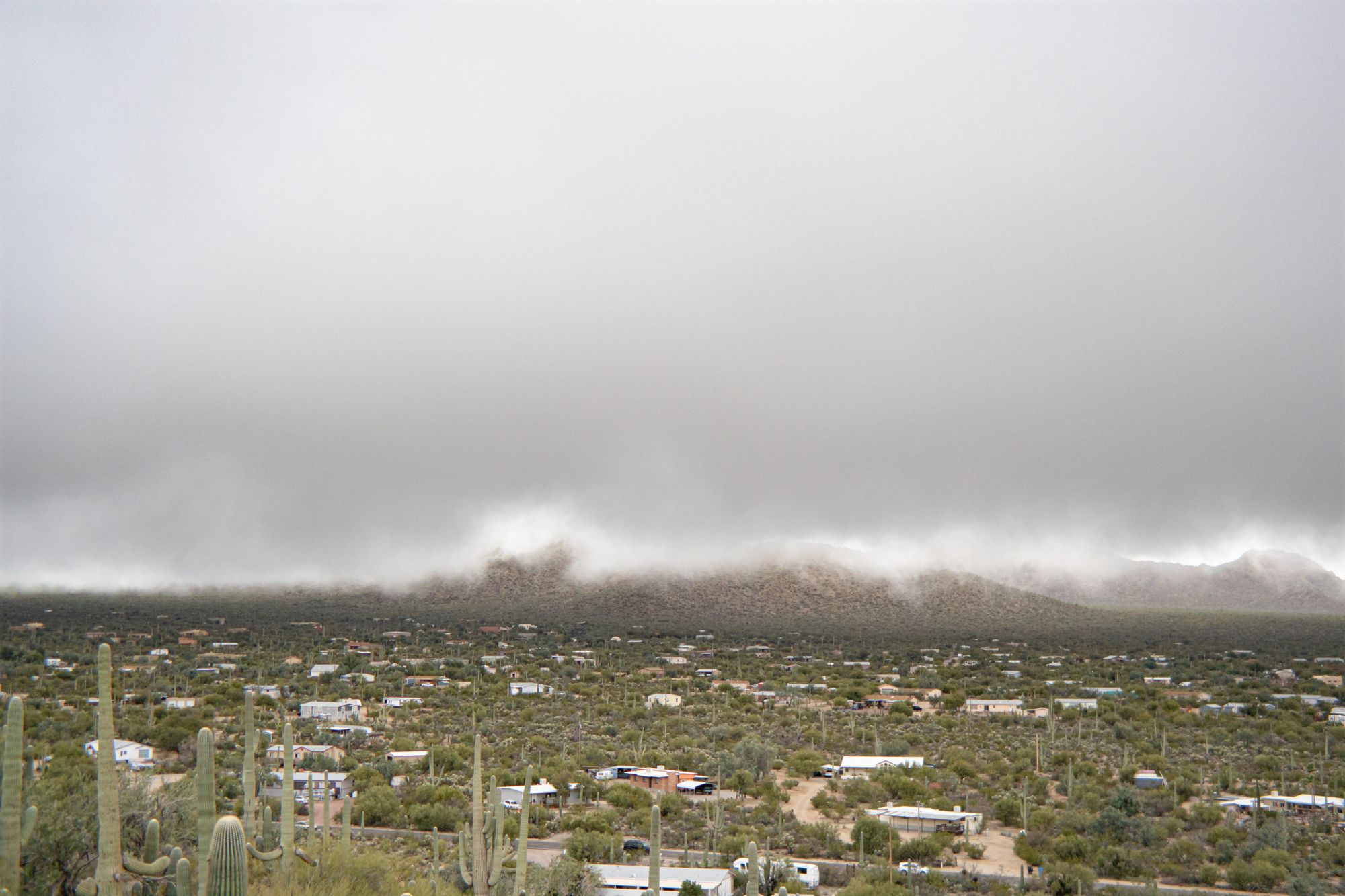
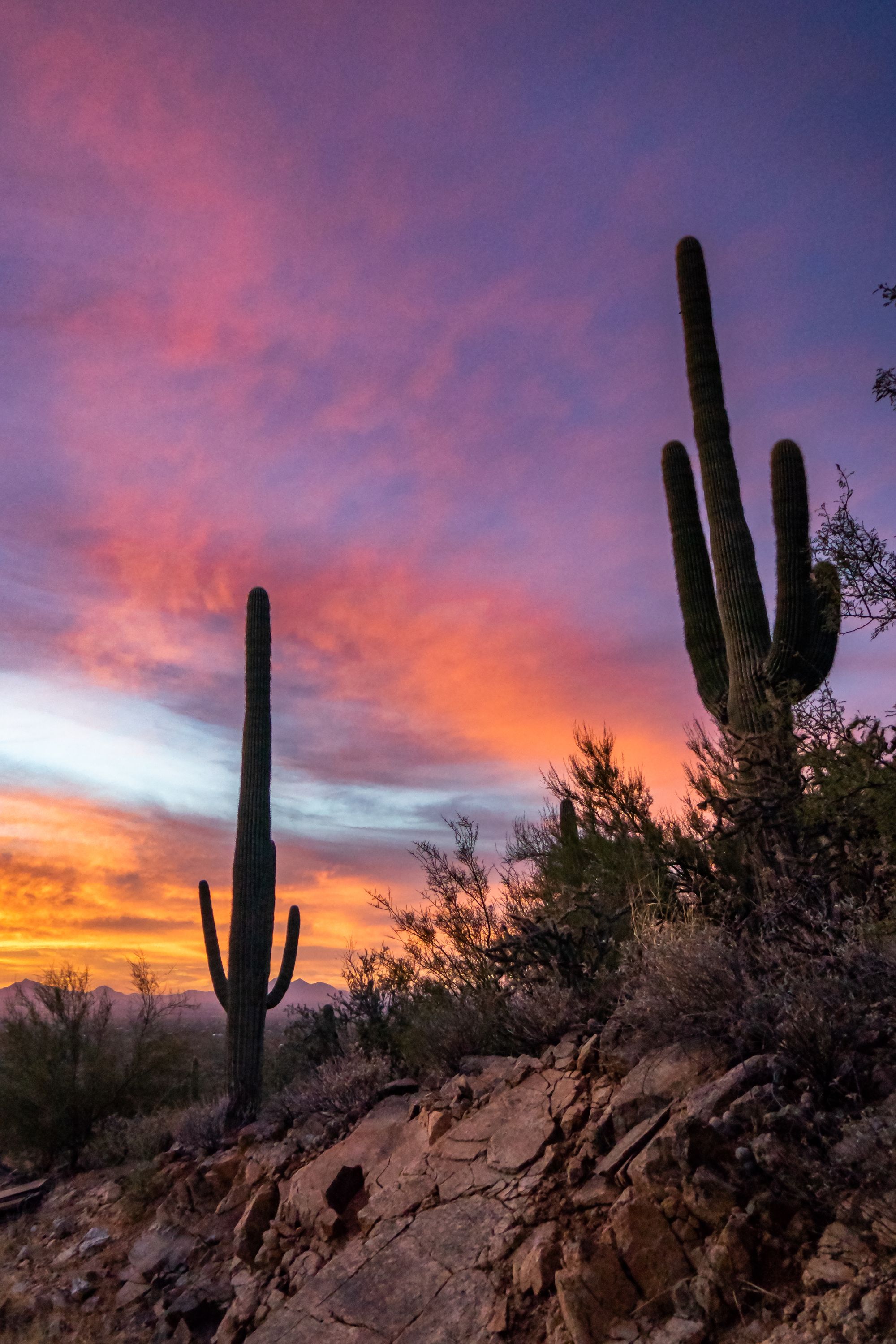
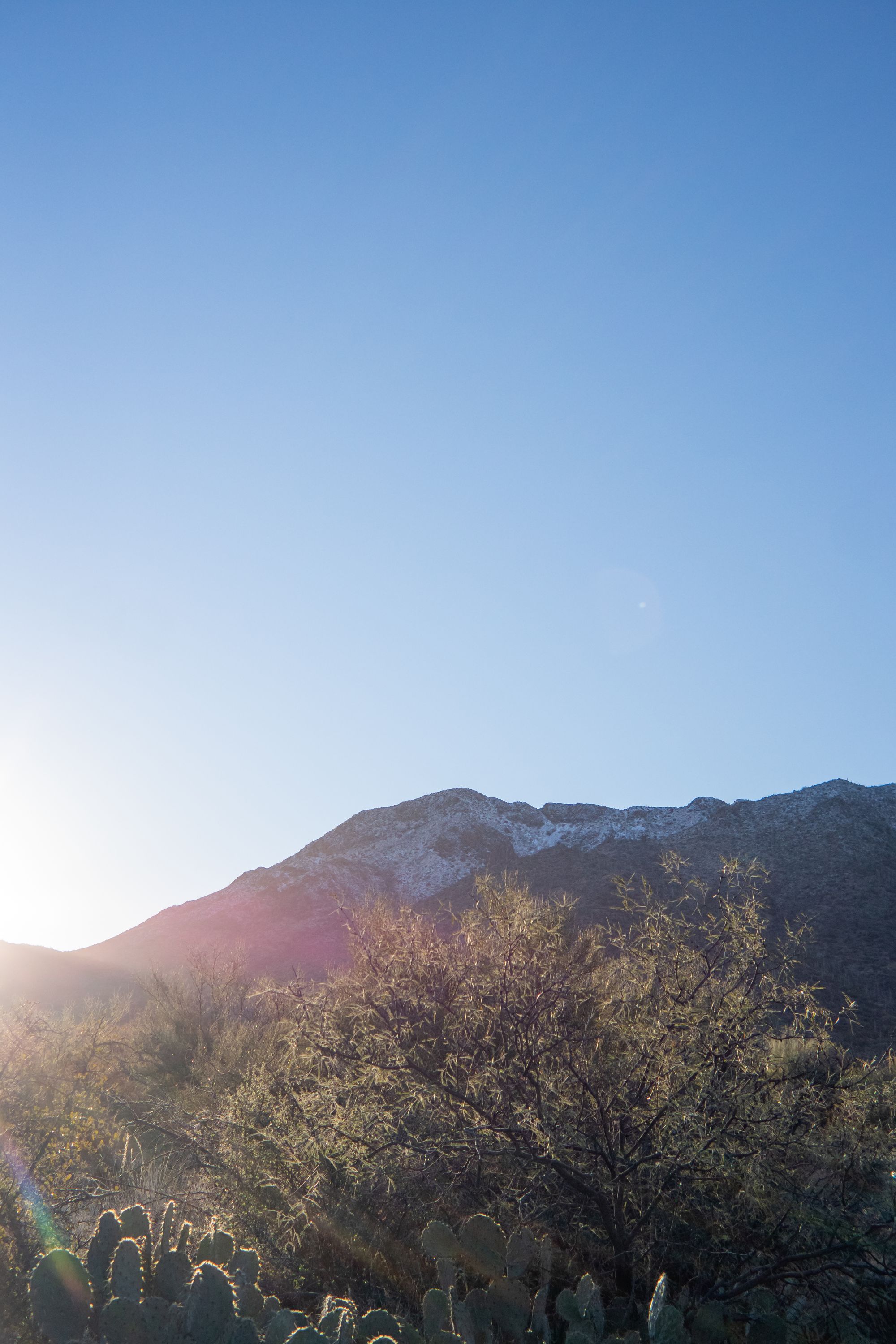
To conclude: the quality of the sensor is insane for the size!
- huge dynamic range: check!
- sharpness: check!
- friendly RAW files: check!
- great colors: check!
- great highlight and shadow recovery: check!
- good high ISO performance: check!
- surprisingly good B&W tonality: check!
There's really just one downside: There's something un-pin-down-able about the rendering which says "digital pictures" and not "photography" to me; it's not a sensor with any definable character. But no tool can excel at all things. I love the NX Mini's quality for what it is great for.
If what you want is "a beautiful picture of that thing" more so than to "engage in the art of photography," you truly can't beat it.
Too bad it's limited to just those 3 lenses, one of which is only sometimes good.
But wait, there's more!
Adapted lenses
Here's where it gets really interesting…
I got the rareadapterstx C-mount adapter first… it works beautifully, bless screw mounts.
Then I grabbed the micro-four-thirds adapter, as a sort of… universal receiver for other adapters, since I don't actually have any MFT lenses. That one's a bit fiddly. Both my Pentax Auto 110-MFT adapter and my L39-MFT adapter are a pain to mate with this one, but it does work.
He's making an L39 adapter and I can't wait to grab that one.
Because of the size, the NX Mini has a 3x crop factor: much less than the Pentax Q, almost double APS-C. A happy medium, I think!
Here are the lenses I've tried so far…
Fujinon 2.7mm Fisheye (CF2.2HA-L1) C-mount
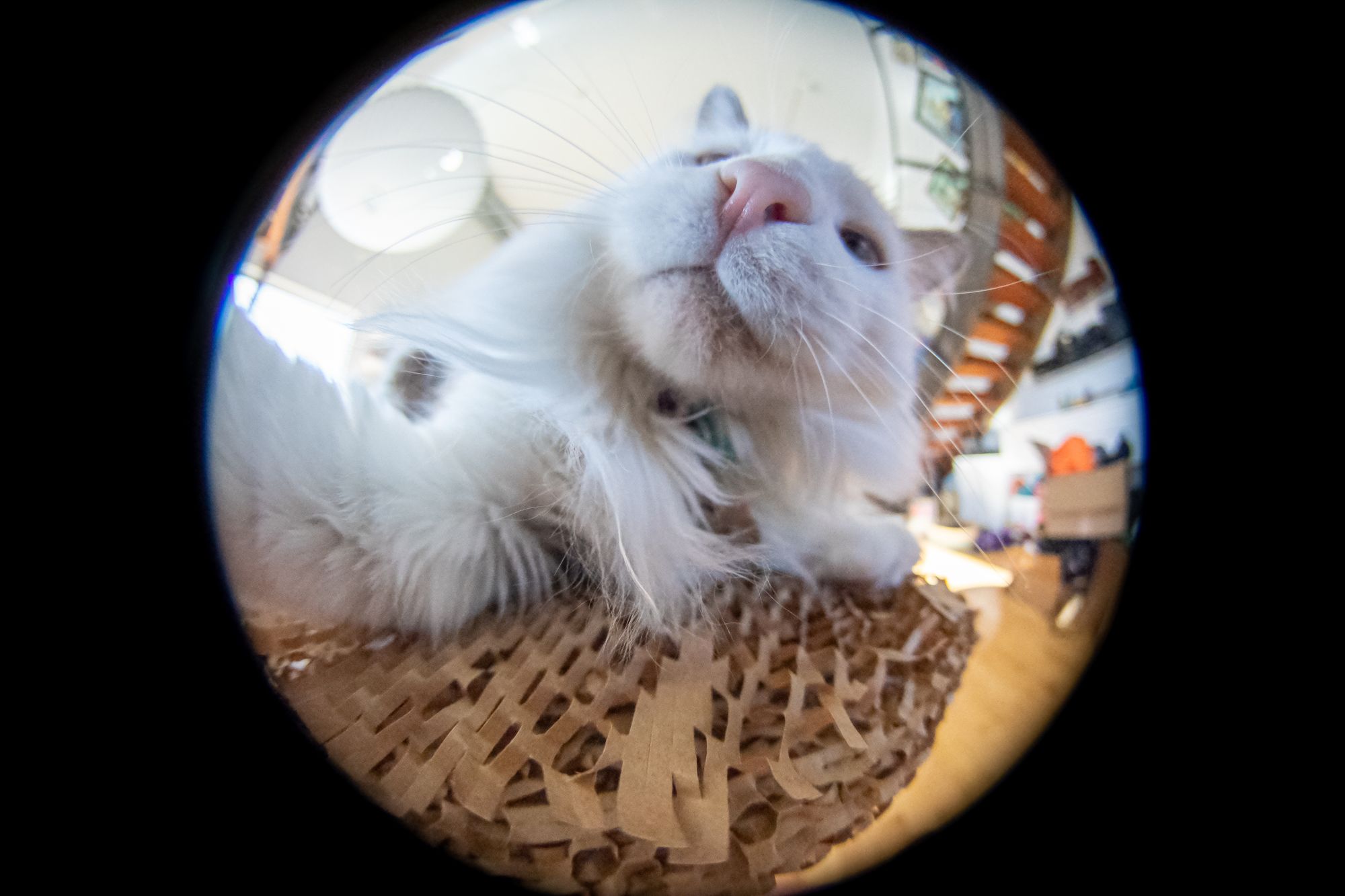
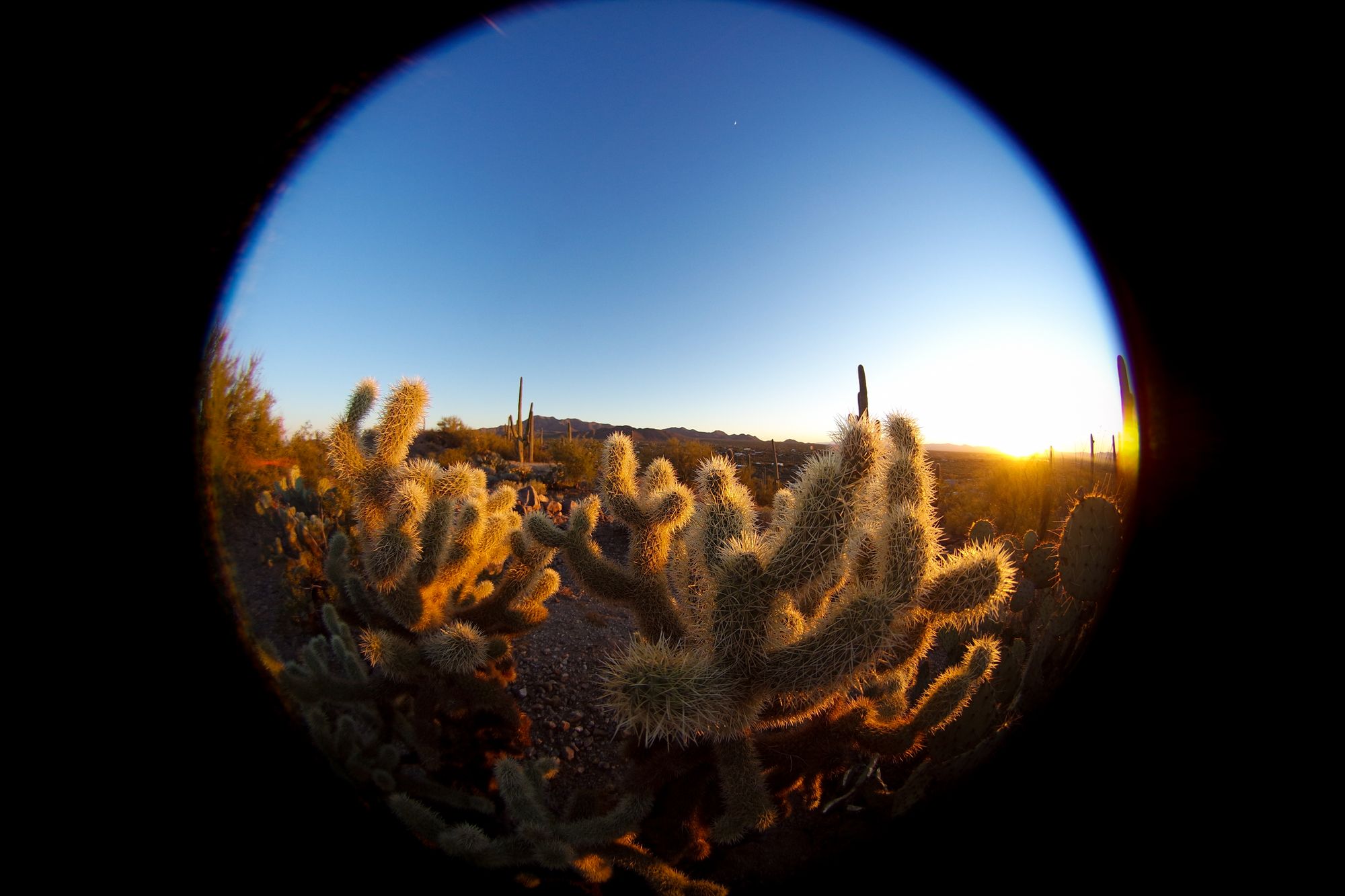
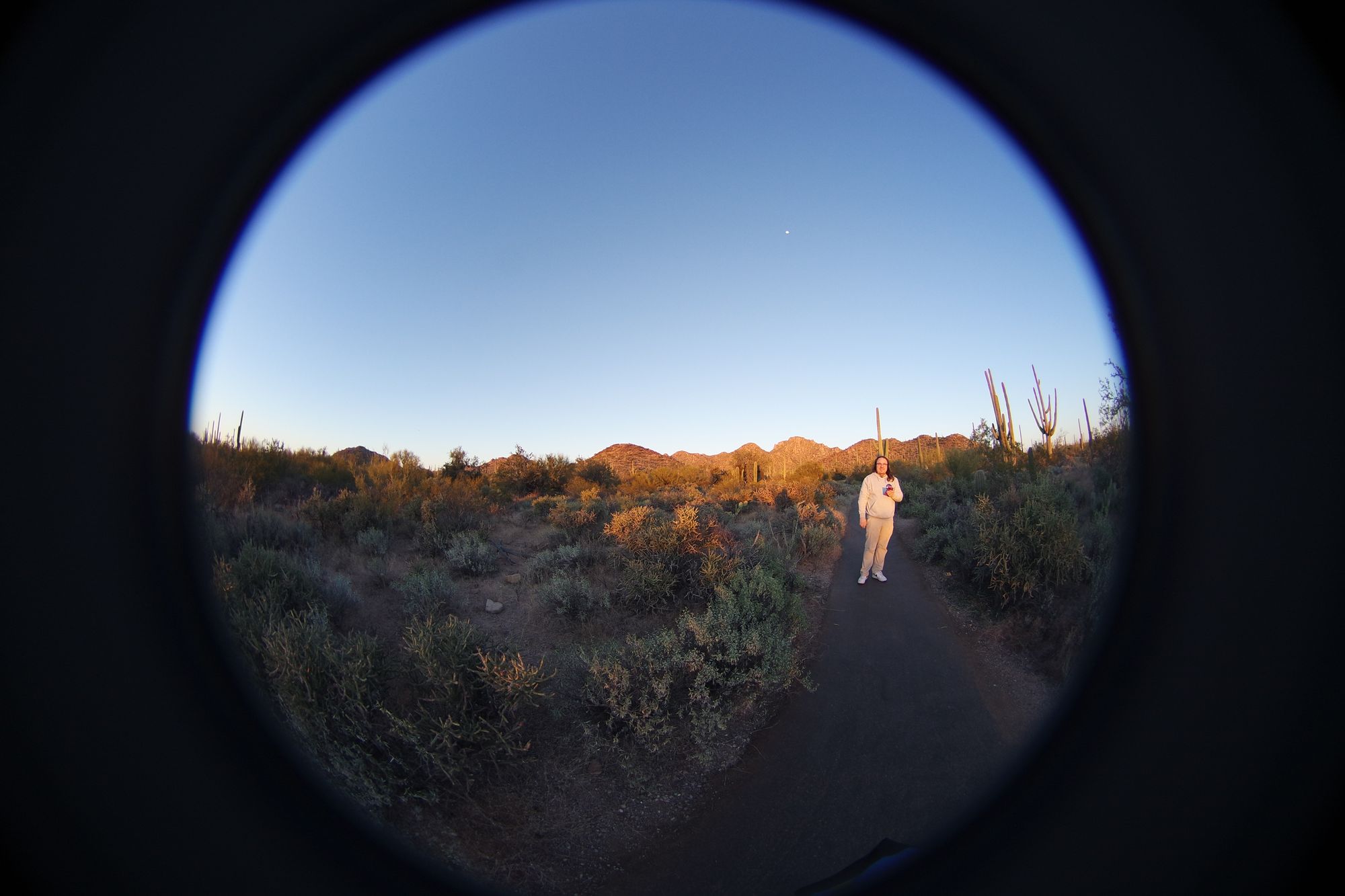
Pentax Auto 110 70mm
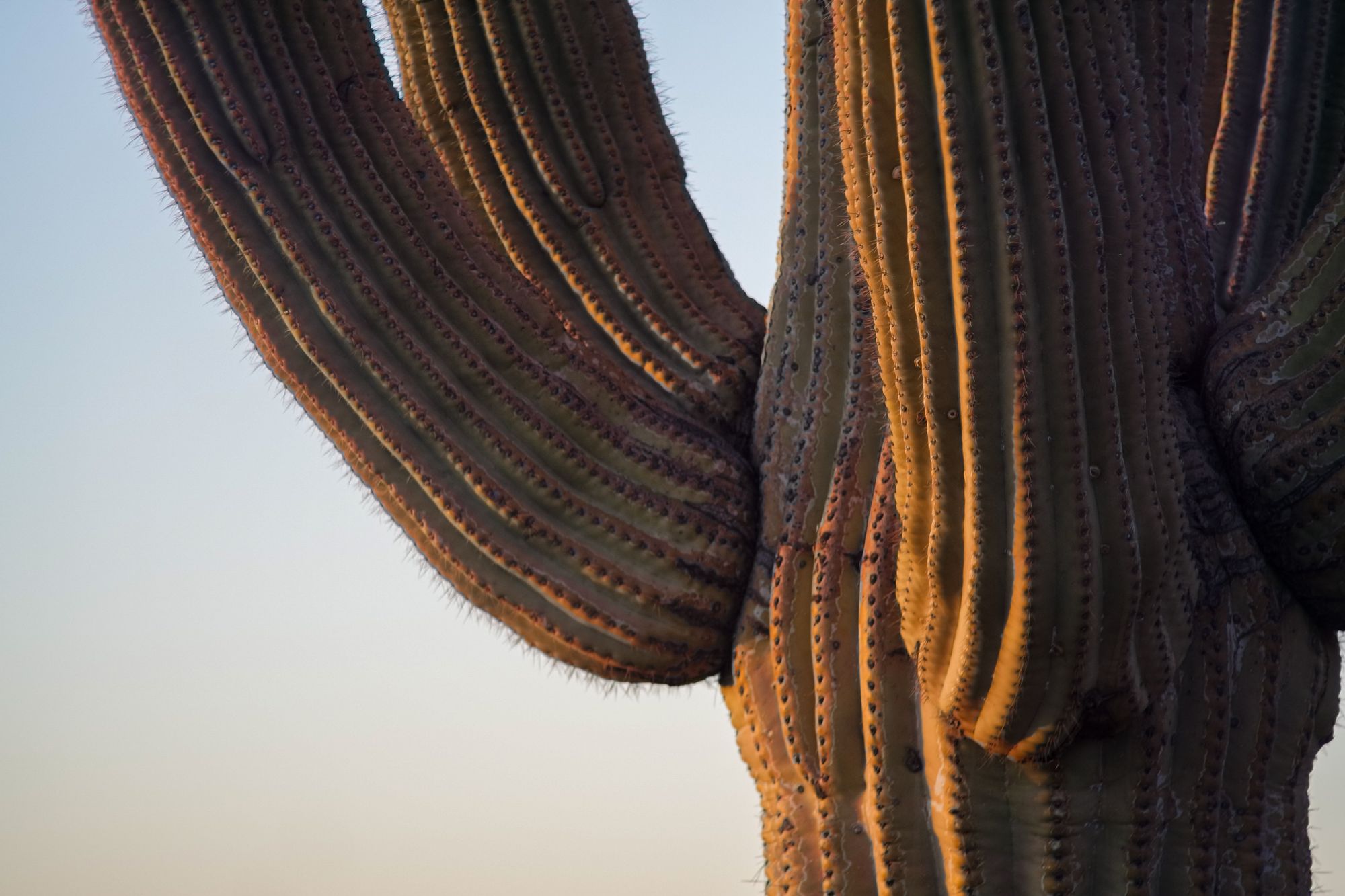
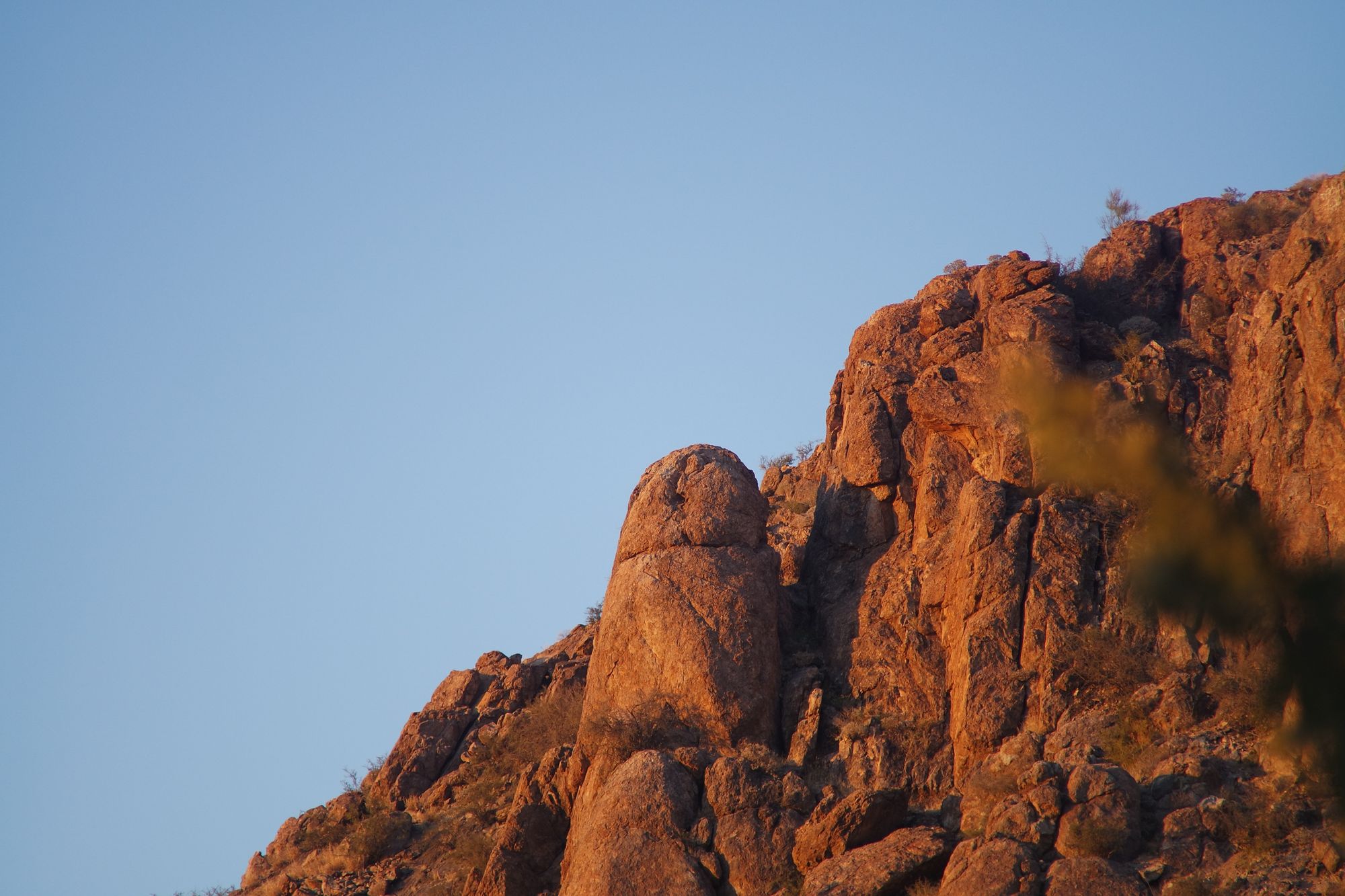
Pentax Auto 110 24mm
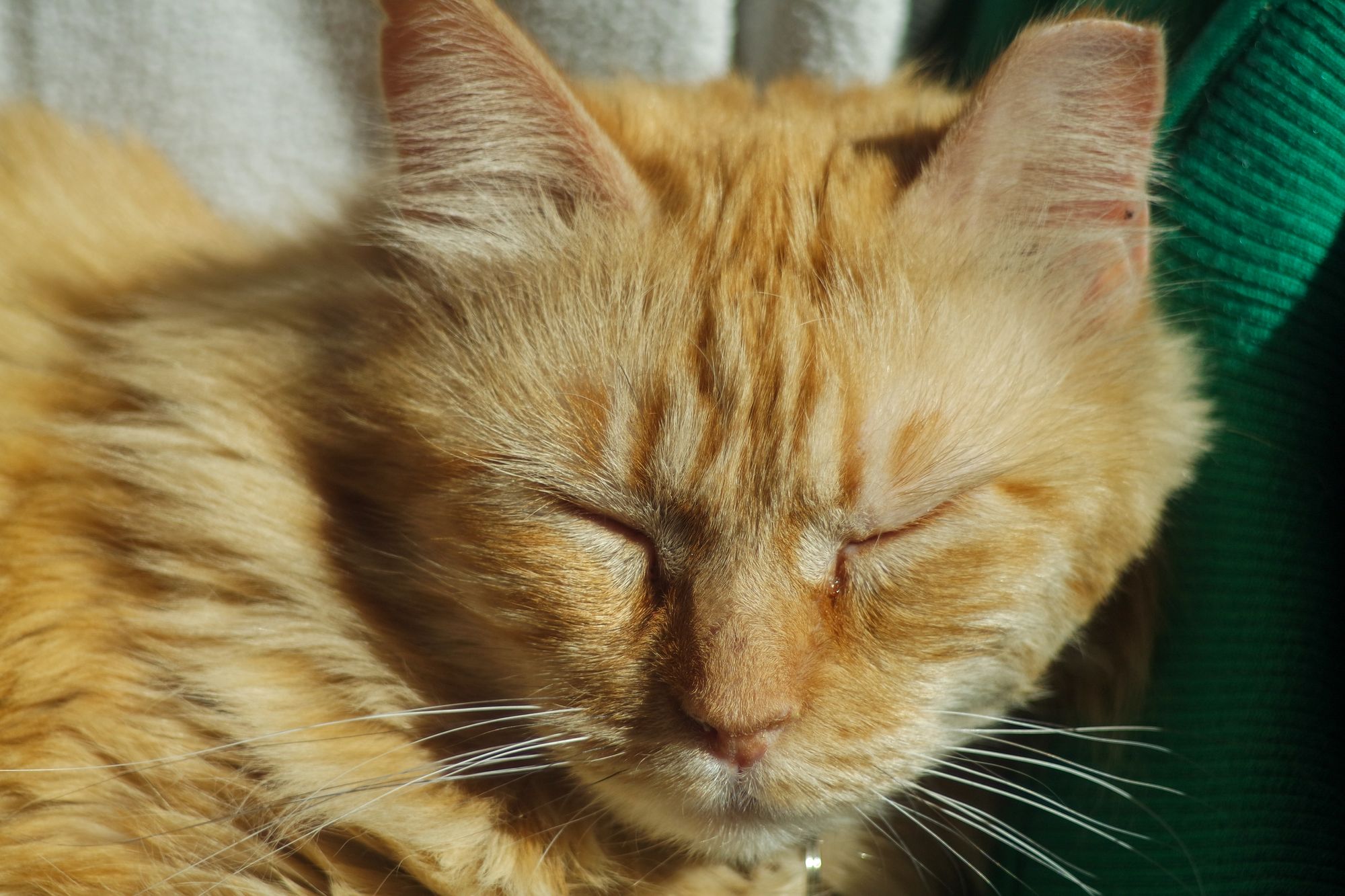
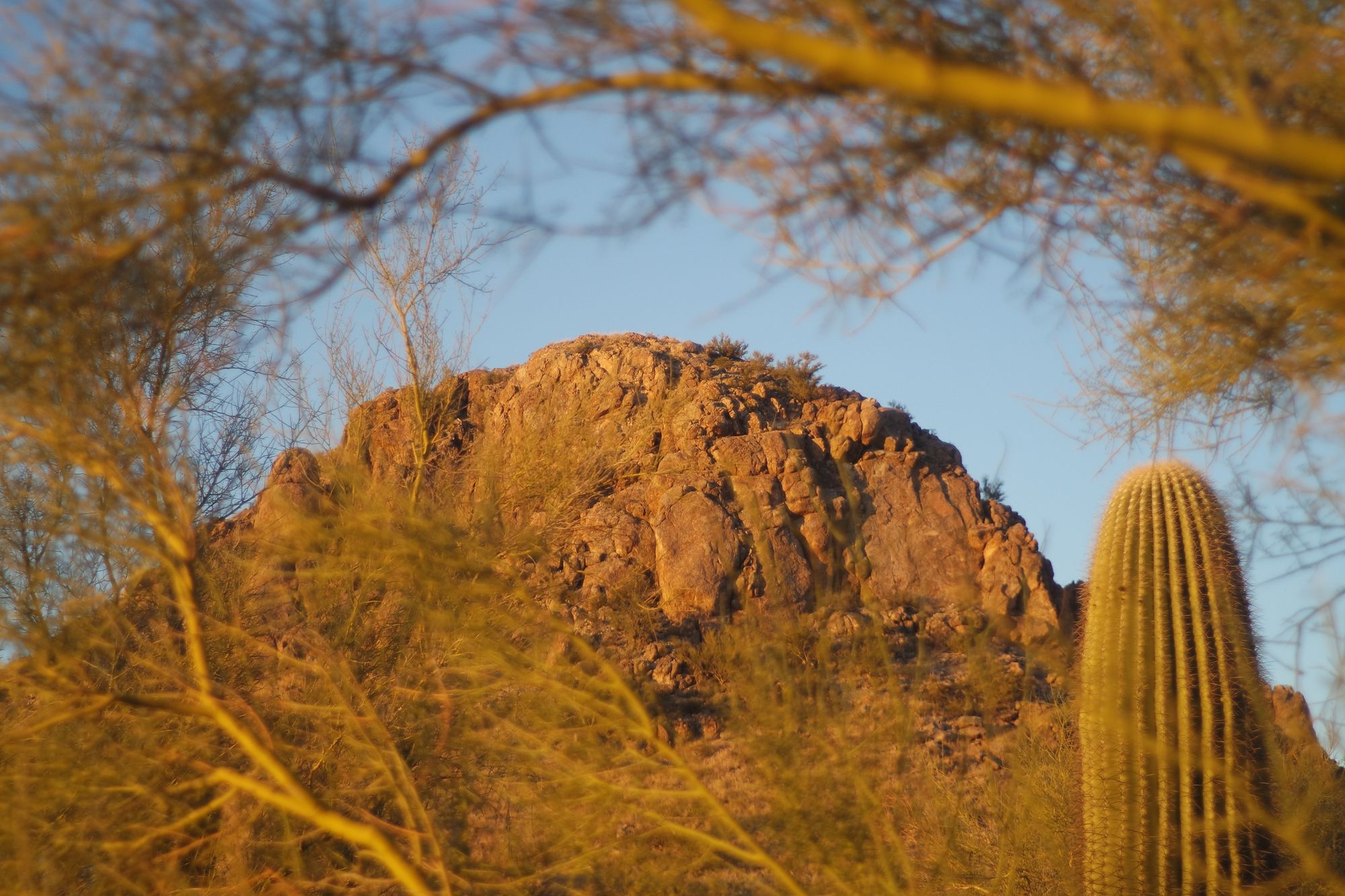
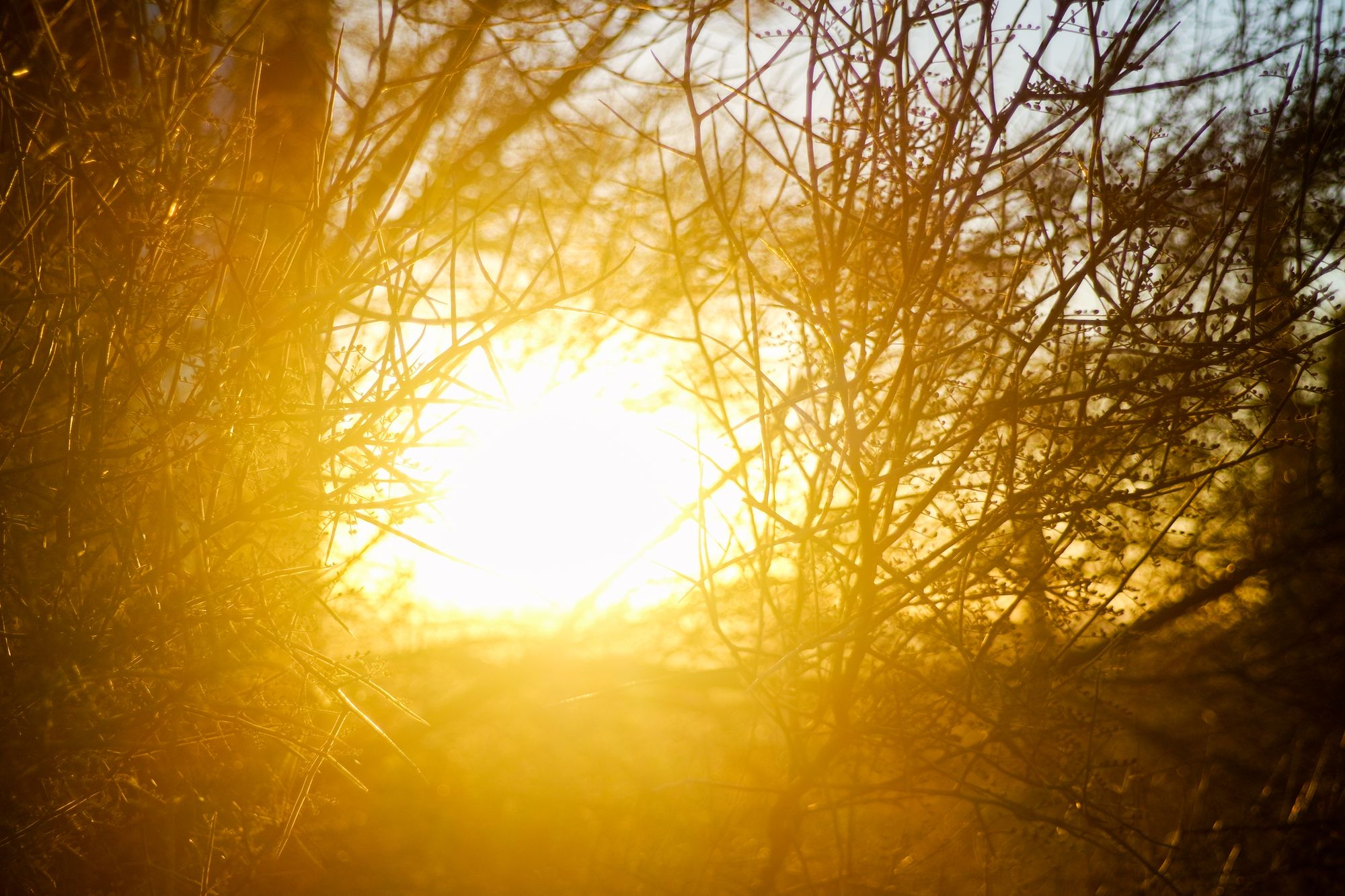
Industar-69
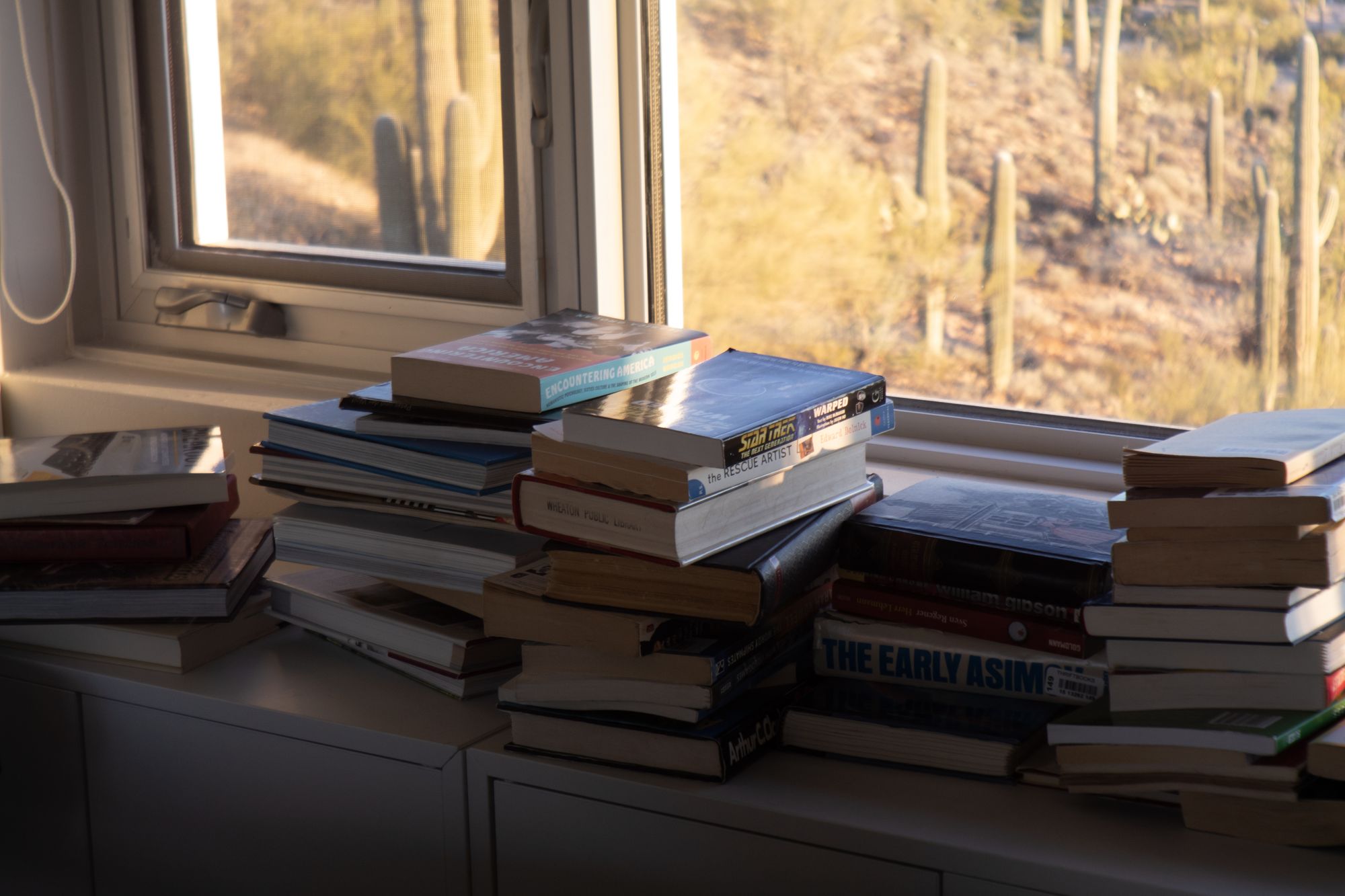
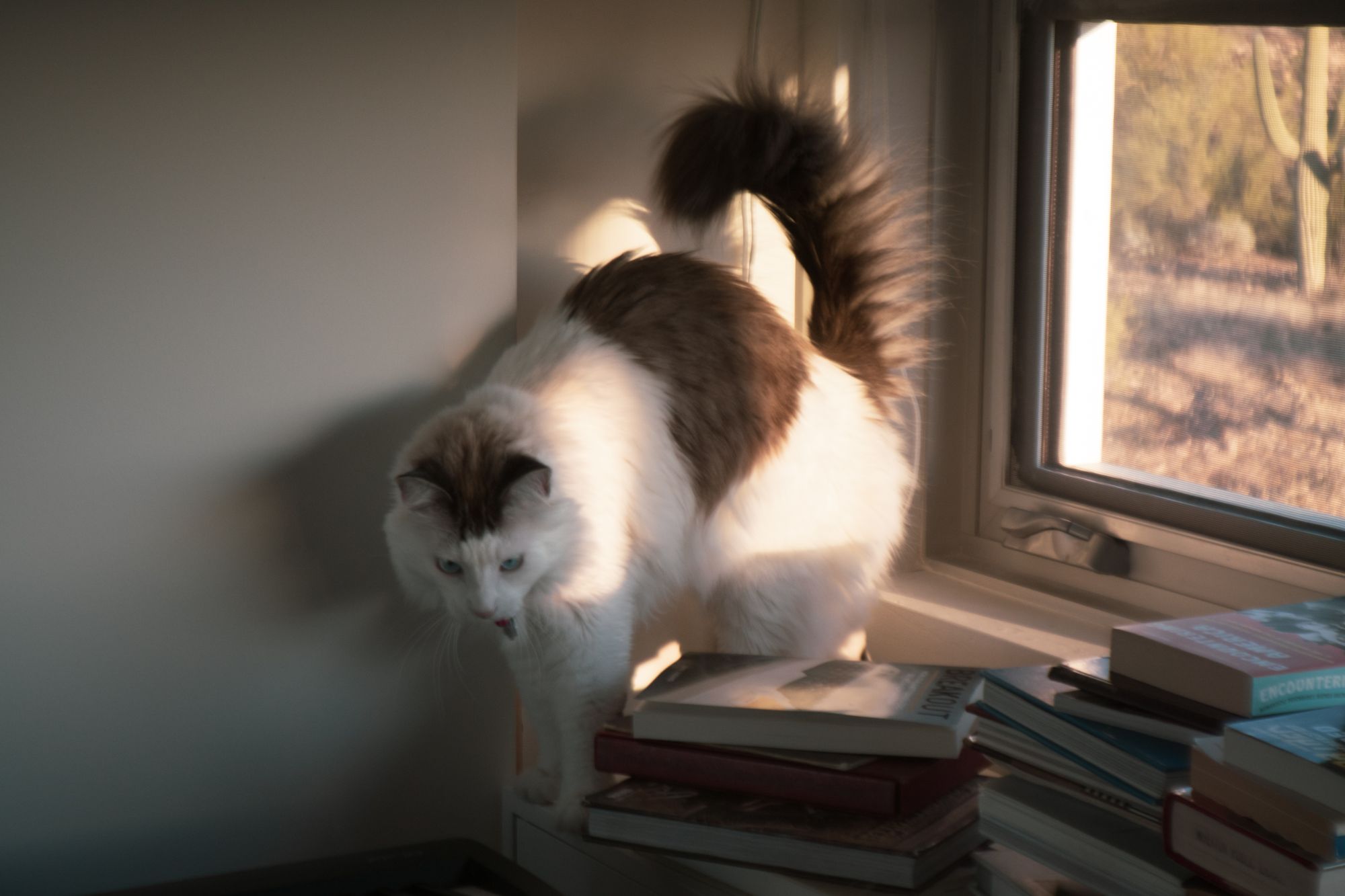
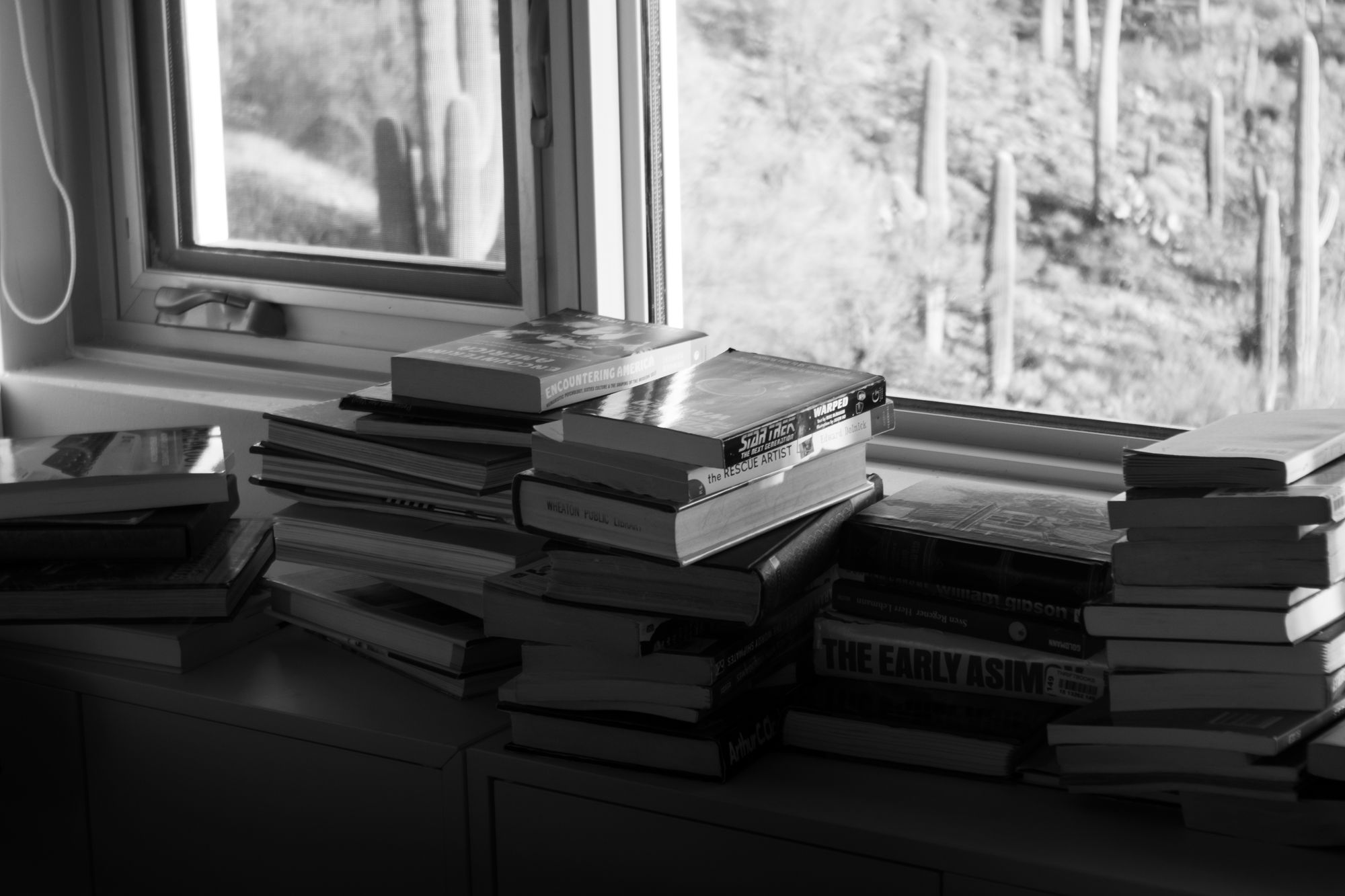
The Experience
The sensor is so versatile, so good at high dynamic range, high ISO, and recovery that you can pretty much just point and shoot at anything and expect to get a shot you can use. I've literally had just one (one!!) blown out sky, that autumn leaves shot from the 9-27mm lens. And the sky was actually grey, so does that even count?
It's by far the most iPhone-like experience I've had with a camera (and I've tried a lot). The iPhone uses multiple exposures and in-camera HDR for this result, which the NX mini can also do (with variable success, in jpeg only). But all the above photos were single exposures.
Yeah, it doesn't have any knobs or dials, yes it's a touchscreen for aperture control and ISO and everything… but it's fine. The touchscreen interface is quite good, actually. The main thing is, it's fast and fun to use it to simply take photos rather than nerd out about the exposure triangle. The touchscreen for changing focus is actually great; the autofocus is good and fast to begin with. Again, very phone-like.
And despite the fact that it was never meant to be used with adapted lenses (ever ever!), the NX mini's actually got focus assist! No peaking, but the OK button zooms in 4x and makes it very easy to nail focus, even on that crazy-ass 2.7mm fisheye. The screen is also super bright and high-res, which helps a lot.
Finally… It's got an electronic shutter only (obviously, with that slim package). I've had a problem with it exactly once and I can't even be mad about it. I mean… look:

Oh, and the NX Mini has two different types of flash: the slim onboard one, and optional attachment. I've never felt moved to use either, even indoors, since the low light performance is so good.
The Body
It's slim. It feels nice in the hand. It weighs virtually nothing. I think it's cute, and personally I love the colors. Would I have liked a couple more buttons? Sure, but it's not necessary. This is a camera for enjoying, not fiddling.
The screen is so bright and beautiful, and it tilts too… heaven.
I found out about this system thanks to Mattias Burling, of course! And he did an entire video on it. I'll let him speak to the rest of it:
The Verdict
I love this camera. It's the ideal camera to use instead of your phone: it's small and light, fast and fun to use, and the image quality blows the phone away.
My only complaint is that adapters aren't easy to get, and micro SD cards are too tiny for my clumsy fingers.
Well, and I wish the onboard wifi (!!!) function still worked. Imagine how perfect a phone replacement it would be then! Alas, the Samsung apps are abandonware.
Honestly, if I could buy an NX Mini that's twice the size or less with 50% more megapixels, easier to adapt, but otherwise identical? Well! I'd probably use it for just about everything.
That's what they call foreshadowing.
Resources
- rareadapterstx on eBay
- Infrared
- forum thread with 3d printing goodies and info on a stick-on grip
Bonus: Infrared Potential
I want to infrared all the things… but especially I'm jonesing for a tiny, pocketable infrared camera with (and this is the crucial point) RAWs that don't look like a glitch in the matrix at 100%.
This camera is seriously unpopular so it's tough to find much info about even regular use cases, much less infrared. But lo and behold, I found this funky little site and the author uses fancy-sounding science and math to explain why it's actually a fantastic camera for IR. Well!
I tested my unmodified NX mini with an 850nm filter…
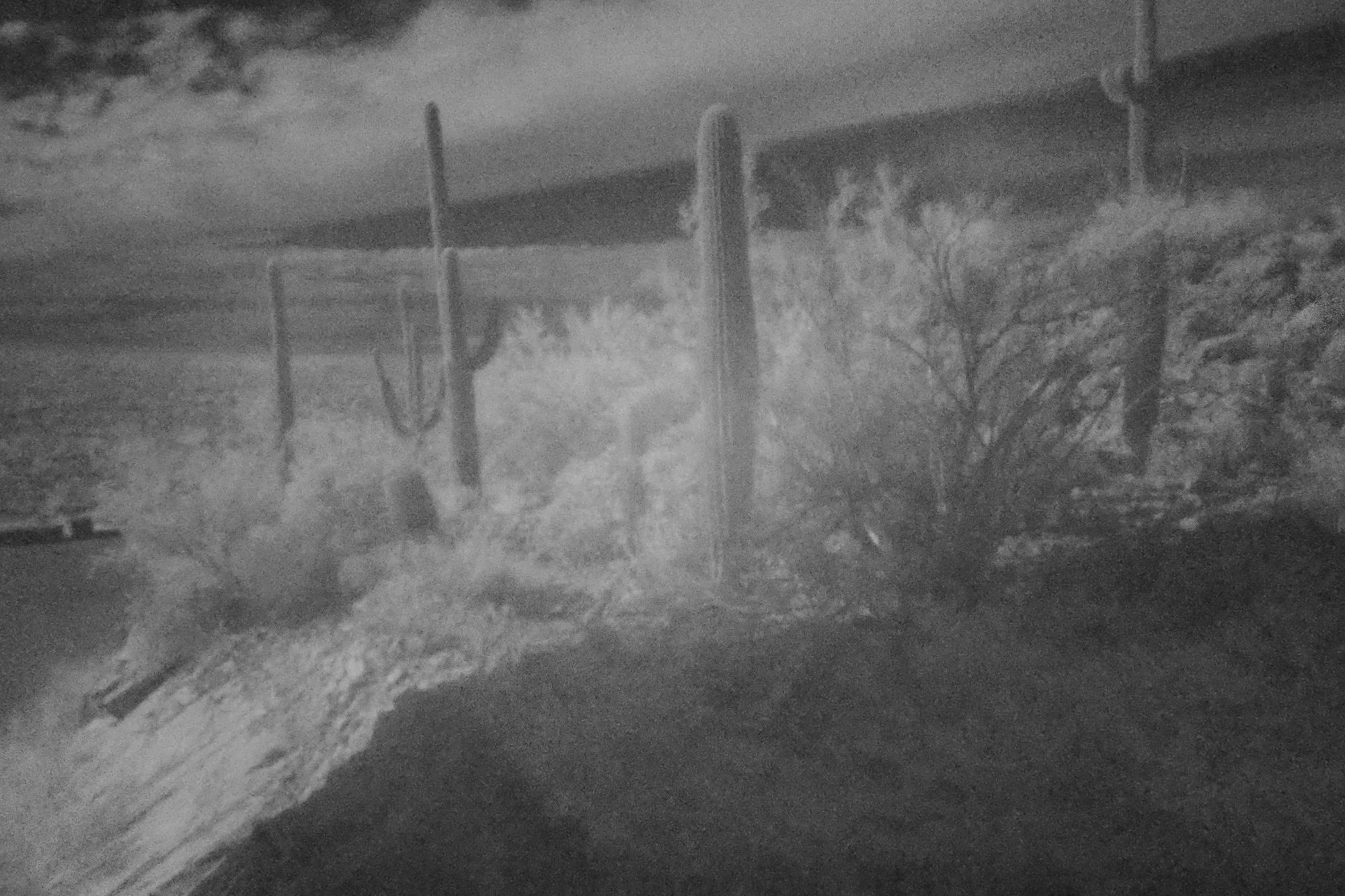
This was a 15-second exposure under very non-ideal conditions* and obviously is underexposed and fuzzy… but it demonstrates potential.
*(resting on my grill because I couldn't be arsed to dig out a tripod)
So I snagged a cheap, semi-broken body — it won't register the native lenses, but the adapters work, somehow! — and plan to do a little surgery on it.